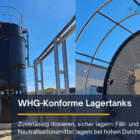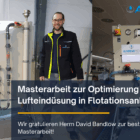Pure water
Pure water refers to treated water that has a high degree of purity and meets specific requirements in terms of the absence of impurities. It lies between drinking water and ultrapure water on the quality scale and is used in many industrial applications where chemical stability and low contamination are crucial. The production of








